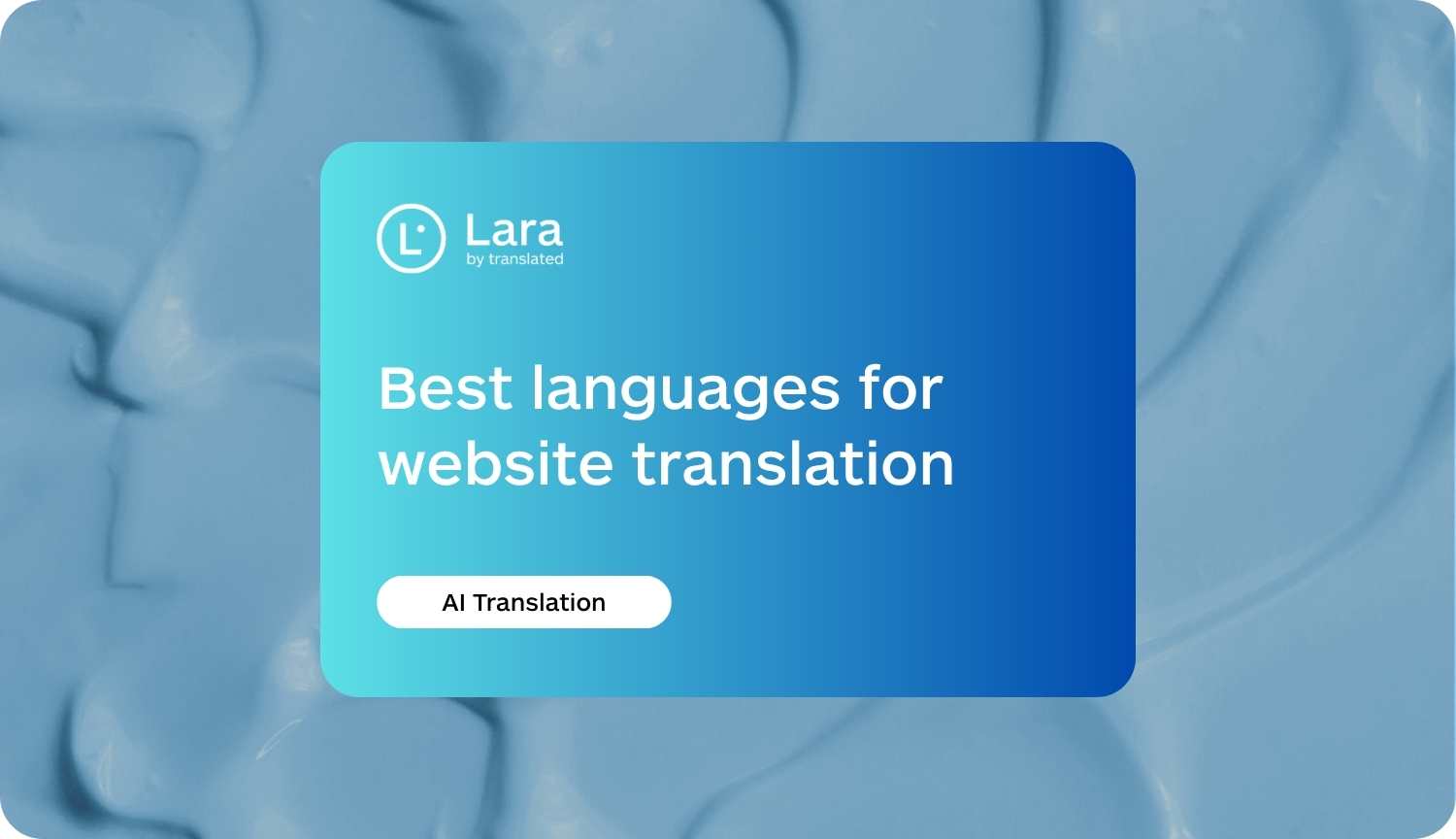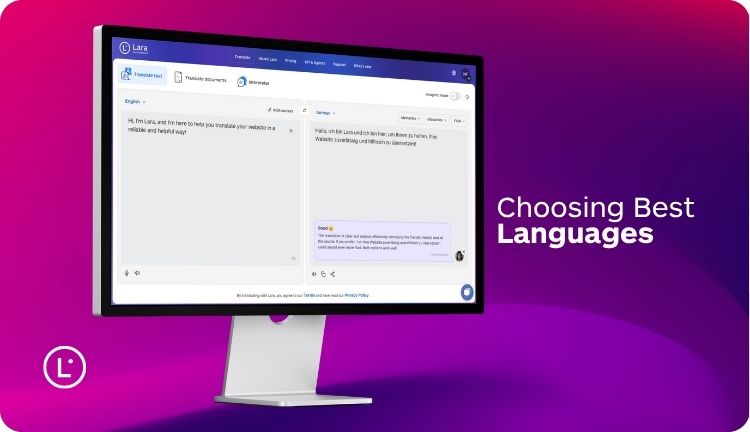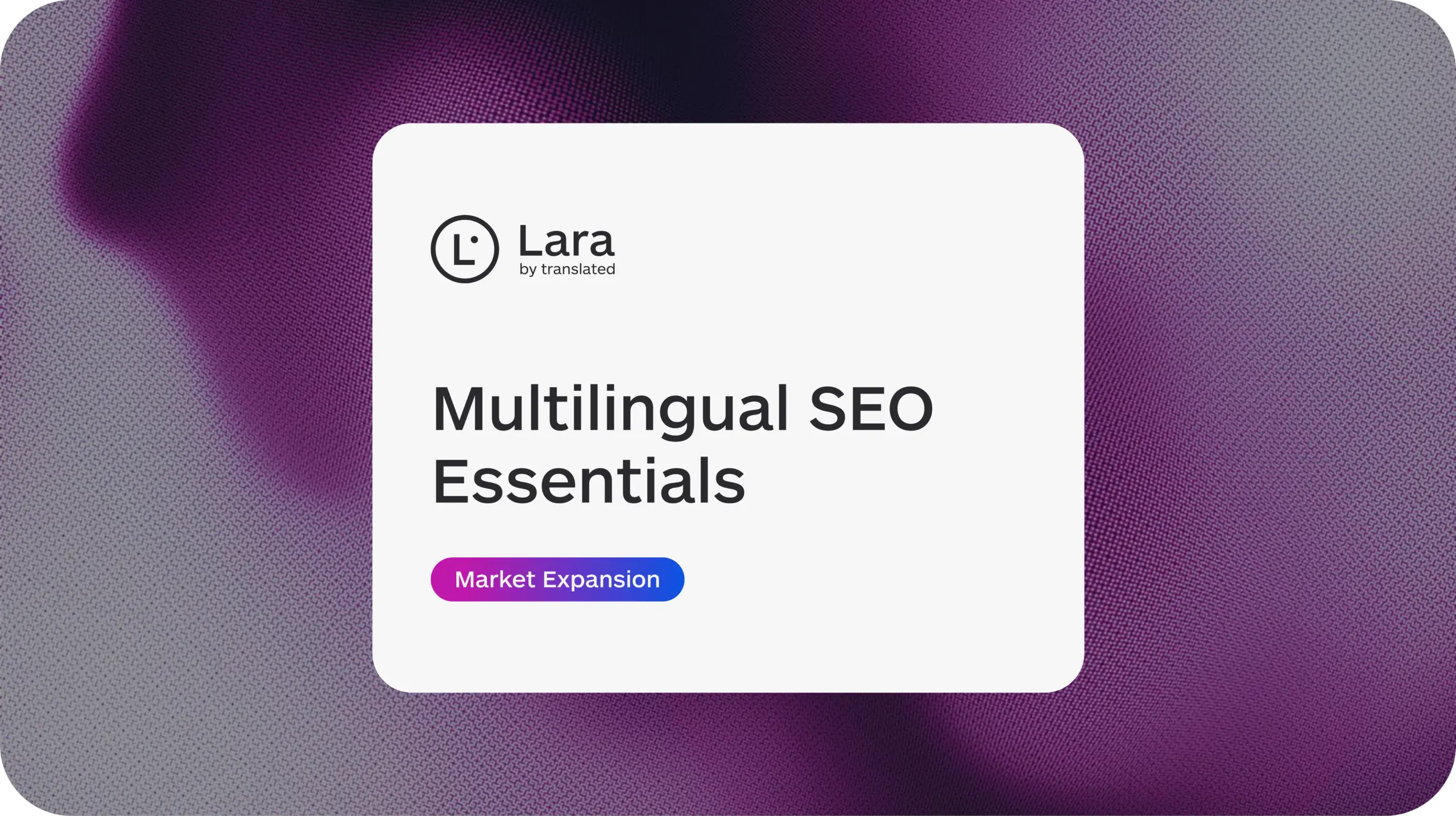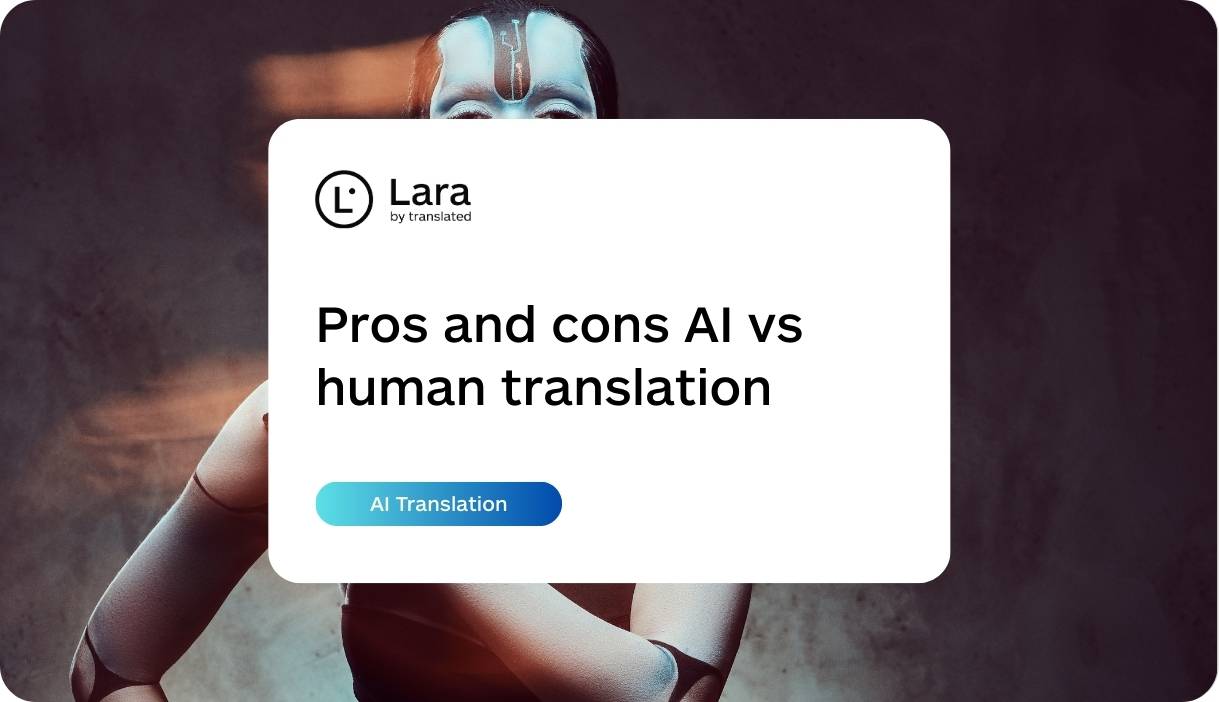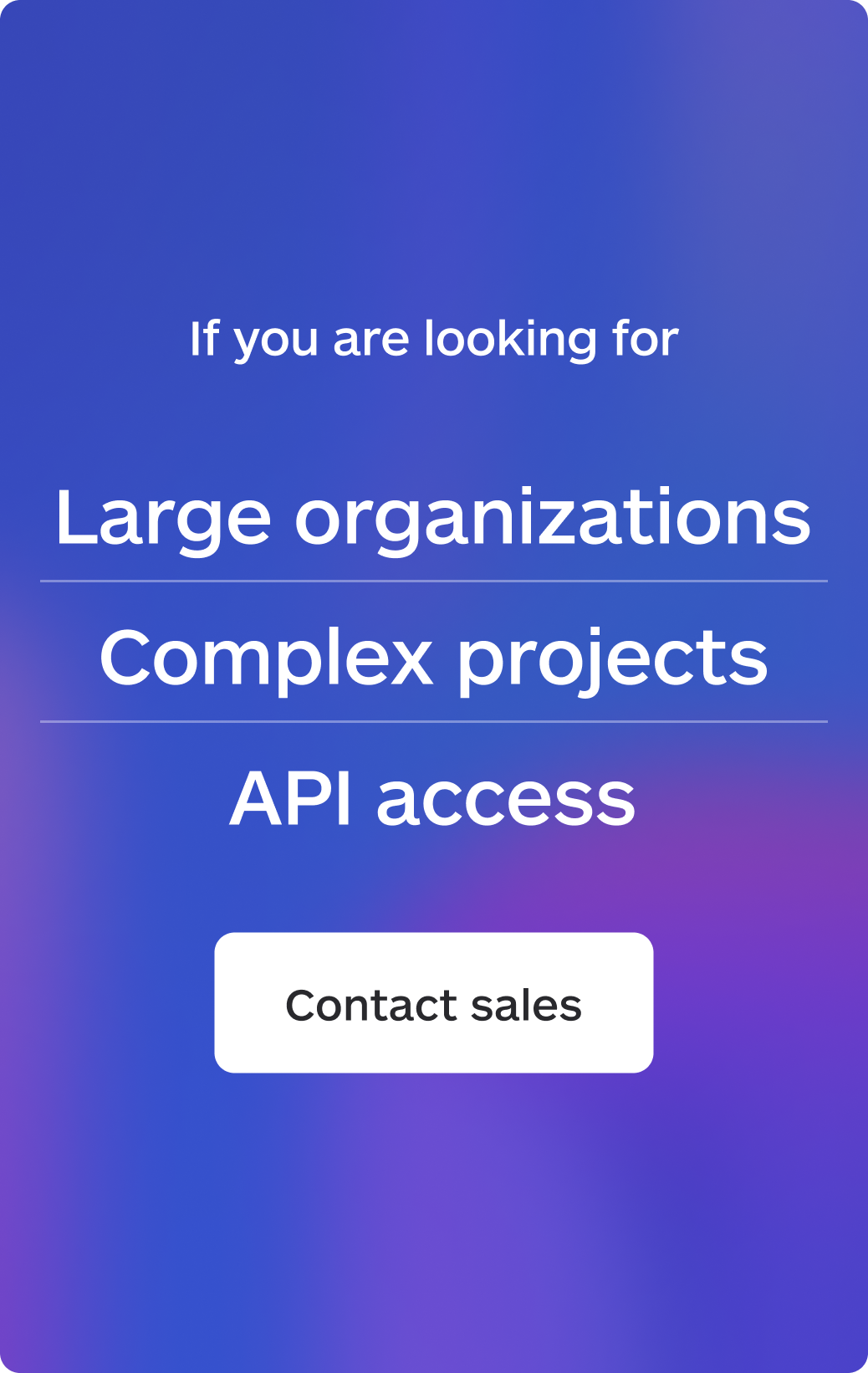What is the Best Languages for Website Translation? A Practical Guide for Global Growth
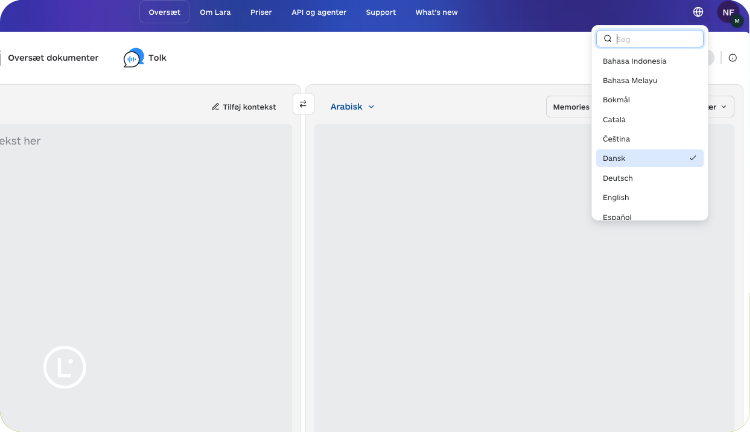
Deciding which languages to translate your website into is a key step for expanding into international markets. It’s not just a technical choice, it’s a strategic one that can shape the future of your business. With thousands of languages spoken around the world, selecting the best languages for website translation means carefully balancing market opportunity, audience needs, technical effort, and budget.
Why Your Language Choices Matter
The internet makes it easier than ever to reach people globally, but just being online isn’t enough. Research shows that 75% of consumers prefer to buy products in their native language, and 40% won’t buy from websites that aren’t available in it (CSA Research, 2024). So, if you’re serious about international growth, choosing the best languages for website translation is not optional—it’s essential.
Nelson Mandela once said:
If you talk to a man in a language he understands, that goes to his head. If you talk to him in his language, that goes to his heart.

And that’s exactly why localizing your website matters.
Translation is just the first step. True localization means adapting everything: from your visuals and currency formats to your product descriptions and customer support, to suit local cultures and expectations.
What to Consider When Choosing Languages
Before jumping into the best languages for website translation, here are a few key areas to assess:
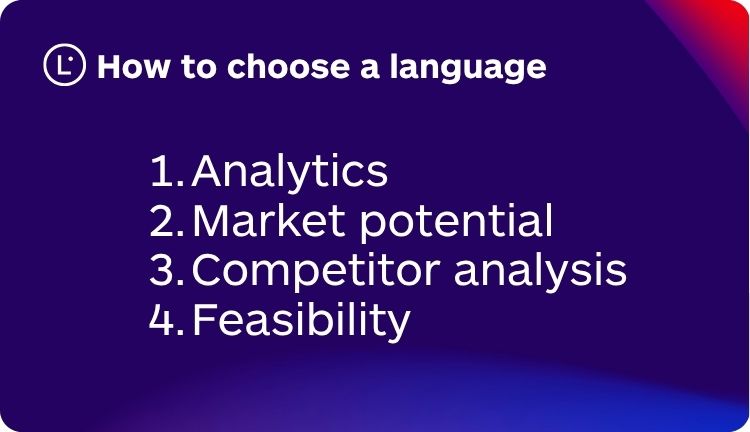
1. Where Your Visitors Are Coming From
Start by checking your website analytics. Look at:
- Countries and regions where users are browsing from
- Browser language settings
- Bounce rates among users who don’t speak your site’s default language
- Conversion rates by region
If you’re already attracting international traffic, translating your site into those users’ languages could increase engagement and sales.
2. Market Potential
- Size and growth potential
- Internet usage and online buying behavior
- Spending habits and consumer expectations
- Regulatory landscape
- Fit between local culture and your product or service
For instance, China has a massive online market… but platforms, regulations, and user habits there are very different from the West, so plan accordingly.
3. What Your Competitors Are Doing
Competitive research can offer useful clues:
- Which languages are your competitors using?
- Are there overlooked markets you could focus on?
- How much of their site is translated—just key pages or everything?
This can help you spot both opportunities and potential roadblocks.
4. Technical and Operational Feasibility
Translation isn’t just about the words. Consider:
- Whether your CMS supports multilingual content
- Your budget for both initial translation and ongoing updates
- Internal language skills for review and customer support
- Technical challenges like right-to-left text (e.g., Arabic) or character sets (e.g., Japanese)
The 10 Best Languages for Website Translation
Based on global internet usage and market trends, these are the best languages for website translation if you’re looking to grow internationally:
- English
Still a must-have. Around 1.5 billion people speak it, and it dominates about 60% of online content (W3tech, 2025). It’s widely understood and often the starting point for global expansion. - Chinese (Mandarin)
Over 1.1 billion speakers and the largest e-commerce market in the world. Tools like Lara Translate help overcome language complexity for Western businesses. - Spanish
Spoken in 21 countries by over 500 million people. Also essential for the U.S. Hispanic market, with $2.3 trillion in spending power. - Arabic
Spoken across the Middle East and North Africa by 420 million people. A right-to-left language with strong potential in luxury, finance, and tech. - German
Covers high-value markets in Germany, Austria, and Switzerland. German consumers expect detailed and accurate product information. - French
Spoken in 29 countries, from Europe to Africa. Around 300 million speakers globally and strong business/diplomatic presence. - Japanese
Japan is a top economy with high e-commerce activity. Local users prefer culturally adapted, native-language content. - Portuguese
Particularly useful for Brazil, which leads Latin America in population and online growth. Also relevant for Portugal and parts of Africa. - Russian
Used in Russia and neighboring countries. While geopolitics can be a challenge, it remains a sizable market. - Hindi
India’s growing middle class represents a major opportunity. Hindi localization shows cultural awareness and builds trust.
How Lara Translate supports strategic language expansion
Once you’ve chosen the best languages for website translation, the right tools make a big difference. Lara Translate uses advanced AI to deliver accurate, context-aware translations. It preserves tone and brand voice while handling complex language pairs like English–Chinese or English–Arabic. When implementing a multilingual SEO strategy across multiple languages, choosing the right translation technology becomes crucial.
Lara Translate leverages advanced AI technology to deliver accurate translations while preserving context and brand voice across languages. Unlike basic translation tools, Lara understands industry-specific terminology and can maintain consistency across your entire digital presence. Lara connects directly with content platforms via its Model Context Protocol (MCP) Server, making localization seamless. And it’s built to complement human input, combining speed with cultural accuracy for global-ready content.
Despite Lara’s advanced AI capabilities, the platform is designed to complement human expertise rather than replace it. This hybrid approach combines the efficiency of AI with the cultural sensitivity and creativity that only human translators can provide, delivering the best possible results for businesses expanding globally.
How to prioritize languages for your business
Creating an effective language selection for website localization strategy requires a methodical approach:
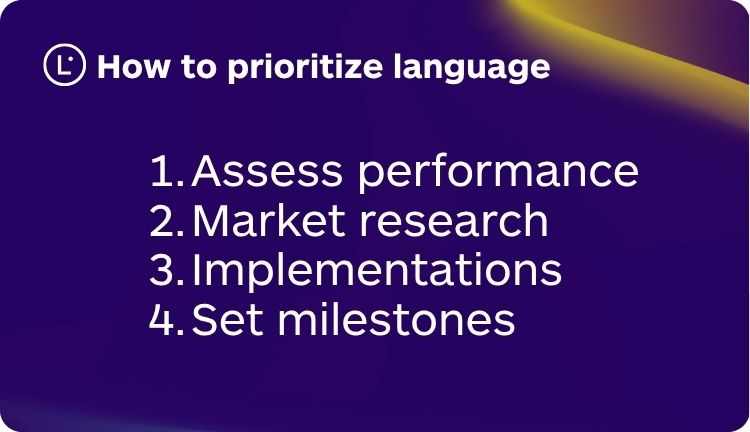
1. Assess current international performance
Begin by analyzing where your business already has traction:
- Review analytics to identify countries with significant traffic but low conversion rates
- Examine international orders and support inquiries to spot emerging markets
- Evaluate social media engagement from different regions
This data-driven approach helps identify “low-hanging fruit”—markets where minimal localization effort might yield substantial returns.
2. Conduct market research and size the opportunity
For each potential market, estimate:
- Total addressable market size for your specific products/services
- Online shopping penetration and growth trends
- Competitive landscape and market entry challenges
- Regulatory considerations that might impact your business
These insights help quantify the potential return on investment for each language.
3. Consider practical implementation factors
Beyond market potential, evaluate:
- Technical complexity of implementing each language
- Availability of translation resources (whether human or AI)
- Ongoing maintenance requirements and costs
- Customer support capabilities for each language
Some languages may offer significant opportunities but present prohibitive technical or operational challenges for your current stage of business.
4. Develop a phased approach
Rather than attempting to launch in all target languages simultaneously, create a prioritized roadmap with specific milestones:
- Phase 1: Languages with the highest ROI potential and lowest implementation barriers
- Phase 2: Languages with strong potential but requiring more significant investment
- Phase 3: Languages representing longer-term strategic opportunities
This approach allows you to generate returns from early markets to fund further expansion while refining your localization processes.
Language selection tips for ecommerce businesses
Ecommerce businesses face unique considerations when selecting languages for their online stores:
Focus on payment behaviors and logistics
Beyond general market size, ecommerce companies should examine:
- Popular payment methods in target countries
- Delivery infrastructure and reliability
- Return preferences and expectations
- Mobile vs. desktop shopping patterns
For example, while Indonesia represents a large market with growing online consumption, businesses must consider that many Indonesian consumers prefer cash-on-delivery options and may have different expectations around shipping times than European customers.
Consider product-specific market fit
Not all products have universal appeal, and consumer preferences can vary dramatically across cultures. Analyze:
- Category-specific purchase patterns in target markets
- Seasonal differences that might affect buying behaviors
- Local competitors and their pricing strategies
- Cultural factors that might enhance or limit product appeal
This targeted approach helps avoid wasting resources on markets where your specific offerings may face significant challenges.
Prioritize complete customer journey translation
Successful ecommerce localization requires translating the entire customer experience, not just product descriptions:
- Pre-purchase content (marketing materials, product details, FAQs)
- Transaction elements (checkout process, payment options, shipping information)
- Post-purchase communication (order confirmations, shipping updates, return policies)
- Customer support resources (help center, contact options)
Gaps in this journey can significantly impact conversion rates and customer satisfaction.
FAQs
How many languages should my business website support?
There’s no one-size-fits-all answer, as it depends on your specific business goals, resources, and target markets. Most businesses start with 3-5 strategic languages and expand based on performance. Focus on quality over quantity—it’s better to fully localize for fewer languages than to provide partial or poor-quality translations across many languages.
Should I translate my entire website or just key pages?
While complete website translation is ideal, businesses with budget constraints often begin with a tiered approach:
- Core pages: Homepage, product/service pages, about us, contact information
- Conversion-focused content: Pricing, FAQs, testimonials, case studies
- Supporting content: Blog posts, resources, detailed documentation
Prioritize pages that directly impact purchasing decisions and gradually expand coverage as you validate performance in each market.
How important is multilingual SEO when selecting languages?
Multilingual SEO is critical for ensuring your translated content actually reaches your target language demographics. When evaluating potential languages, consider:
- Search volume for relevant keywords in each language
- Competitive landscape for those keywords
- Available expertise for creating localized SEO strategies
- Technical requirements for international SEO (hreflang tags, URL structures)
Without proper SEO implementation, even perfectly translated content may remain invisible to potential customers.
What about languages with multiple regional variants?
For languages like Spanish (Spain vs. Latin America), Portuguese (Portugal vs. Brazil), or French (France vs. Canada), consider the size and strategic importance of each regional market. Larger businesses often create region-specific versions to address significant linguistic and cultural differences, while smaller companies might start with a more standardized version that acknowledges the most important regional variations.
How can I test market potential before fully committing to a language?
Before investing in comprehensive localization, consider these validation approaches:
- Create landing pages in target languages and drive traffic via paid ads
- Translate key product listings on marketplace platforms like Amazon or eBay
- Offer customer support in the target language through translation tools or multilingual staff
- Engage with potential customers on social media platforms popular in the target market
These tactics can provide valuable market feedback with minimal initial investment.
This article is about
- Key strategies and factors for choosing the right languages for website translation
- A data-driven framework to prioritize languages based on business goals and market potential
- Practical tips for implementation, including tools like Lara Translate and multilingual SEO
- How to adopt a phased approach to language rollout for sustainable international growth
